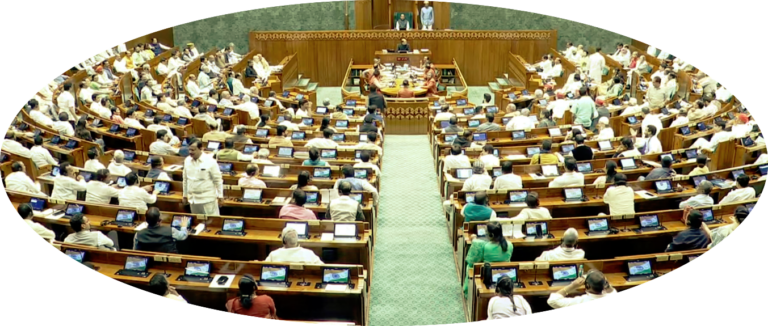
Internally displaced Palestinians sheltering in Rafah, Gaza strip. A series of Israeli strikes early Monday February 12, 2024, hit Rafah, the city on the southern edge of the Gaza Strip where 1.4 million Palestinians have fled to escape fighting elsewhere in the four-month Israel-Hamas war. Photo credit: WHO
As the war enters its fifth month, the World Health Organization (WHO) is deeply concerned about the unfathomable catastrophe that the potential expansion of military operations could cause in Rafah. Currently, 1.5 million people are crammed in Rafah with nowhere safe to go. Fear and panic grip the community, evident on everyone’s face. Everywhere our team goes, people have the same two questions: what can we do, and where do we go?
We warn that a new wave of displacement and additional injuries will have dire consequences on people’s health and mental wellbeing and increase the trauma burden on the already ailing health system – pushing it closer to the brink of collapse.
Currently, there are only three partially functional hospitals in Rafah, supplemented by three field hospitals, totalling just 450 beds. This number pales in comparison to the needs.
The hospitals are overwhelmed, overflowing, and undersupplied. Health workers are exhausted, many are cut off from their families. Some say their families only receive updates about their safety from the news.
WHO and the UN are ready to deliver humanitarian aid in Rafah, but we need sustained access and safety guarantees. Without these, humanitarian operations, already struggling to stay afloat, could grind to a halt. Repeated access restrictions and denials continue to obstruct the delivery of crucially needed humanitarian aid to the people of Gaza.
From November 2023 to February 9, 2024, around 40% of WHO missions to the north have been facilitated. The rest have been denied, impeded, or postponed. About 45% have been facilitated to the south. Even if an immediate ceasefire is not reached, humanitarian corridors are urgently needed to continue providing vital aid.
Ongoing attacks on health care are compounding the crisis. Since October 7, 2023, WHO has documented 378 attacks in the Gaza Strip. Around 70 health workers remain in detention. WHO is deeply concerned about their safety and well-being.
The evolving situation at Nasser Medical Complex is alarming. The hospital is reportedly besieged since 6 February and at least ten civilians have been killed. The hospital’s northern gate has been demolished and its supplies and equipment warehouses have been destroyed due to hostilities. Civilians sheltering at the hospital have been asked to evacuate. Around 402 patients are reportedly present inside. Access to the hospital remains obstructed — there is no safe corridor for those in need. Two WHO missions have been denied in the last four days and we have lost touch with the hospital’s personnel. Our last visit to Nasser was on 29 January. We have seen before how depriving hospitals of resources and access could halt lifesaving services. Nasser is the backbone of the health system in southern Gaza. It must be protected. Humanitarian access must be allowed. Hospitals must be safeguarded so that they can serve their life-saving function. They must not be militarized or attacked.
Health Systems Functionality
Only 11 hospitals are partially functional (5 in the north, 6 in the south), 3 are minimally functional and 22 not functional. All hospitals lack supplies.
At European Gaza Hospital our team met a 7-year-old girl in need of medical evacuation. She was suffering from 75% burns, unable to receive pain relief due to the unavailability of morphine and analgesics at the hospital.
At Al Aqsa Hospital 20-30% of the patients were unable to be discharged as they had no safe place to go. Health workers also informed our team that many patients have undergone unnecessary amputations as they cannot be referred for specialized surgeries outside Gaza. According to the Ministry of Health, at least 1500 amputations have been performed in Gaza since the start of the war.
An orderly, safe and sustained transfer of patients to Egypt and possibly to other locations via Egypt is needed. WHO estimates that more than 8000 people need medical referrals outside Gaza – 6000 related to war injuries and 2000 linked to other medical conditions. Since the start of the war, only 1243 patients have been medically referred outside Gaza (798 injured and 445 sick), in addition to 1025 companions.
*WHO Representative, Palestinian territory (Notes from the press conference today)






